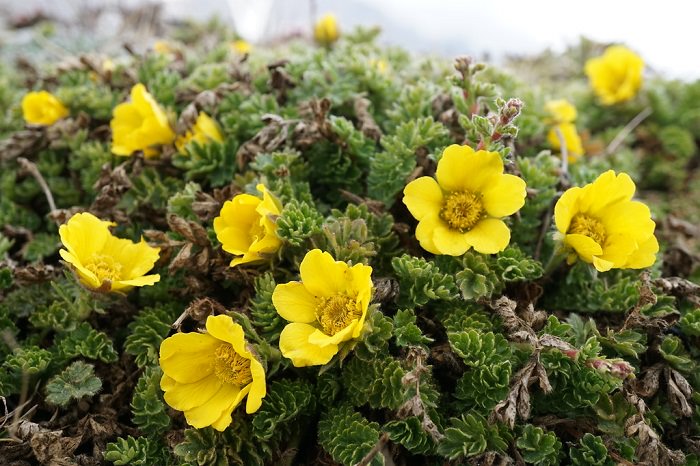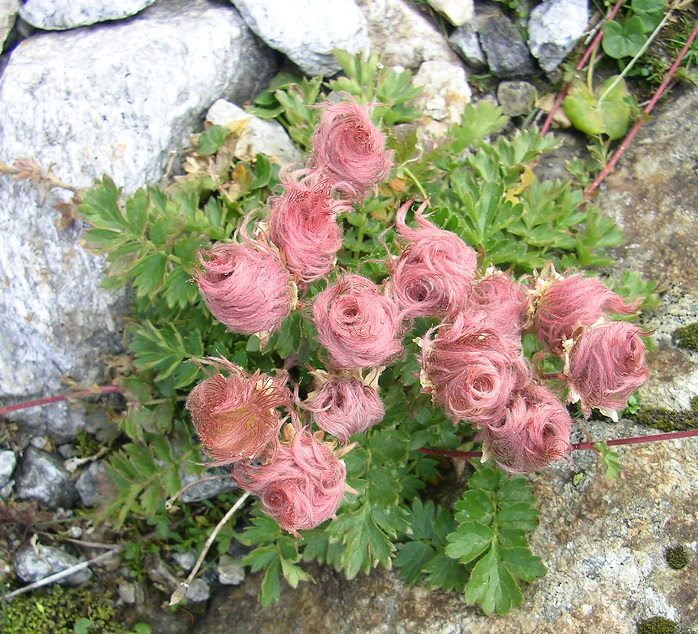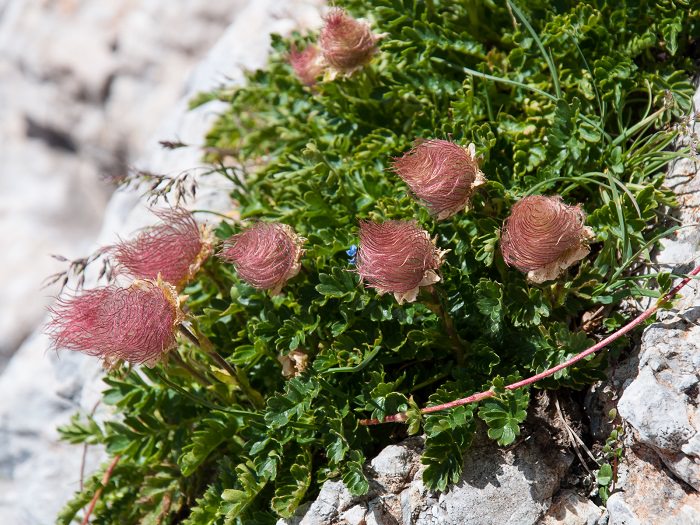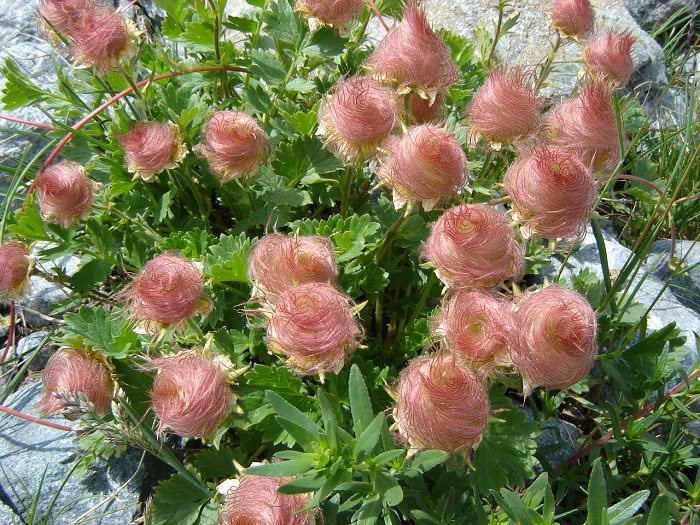

5 Different Christmas Plants and How to Care for Them
In this guide, you'll find some tips on how to keep it alive throughout the season, and how to maintain it for next year.

Beautiful! The Color of a Rose Conveys a Special Message
Roses are the most well known and celebrated flower in the world. You may be surprised to discover the meaning of roses and their various colors.
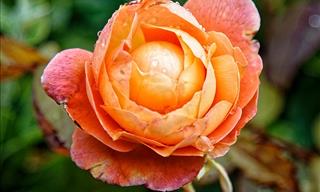
9 Fragrant Roses to Fill Your Garden with Pleasing Aromas
Check out this list of some intensely aromatic roses that will flood your garden area with delightful smells.
 1:36
1:36
140 Days in Less Than 2 Minutes- Pomegranate Time Lapse
This time-lapse will show you what to expect when you're trying to grow a brand-new pomegranate tree from fruit and exactly how to do it.

13 of the Most Unusual Plants & Veggies Found in Gardens
Here's a collection of some of the most unusual plants and vegetables that people found in their gardens.

INTERACTIVE: Click on the Flower to See Its Full Beauty
These interactive photos of flowers will allow you to see them in video with a click.

The Very Best of Undersea Photography – 15 Beautiful Pics
Check out the amazing winners of the 2021 Ocean Photography Awards.

Inspiring Wildlife Photos From Europe’s Top Photographers
Check out the amazing winners of the European Wildlife Photographer of the Year 2024.

18 Exquisite Prehistoric Ancestors of Modern Day Animals
Digital artist Roman Uchytel has used technology to show how prehistoric extinct species would look with their current relatives.

When Nature’s Power Leaves Everyone Speechless (16 Pics)
When nature stopped people in their tracks...

The Many Curious Wonders of Nature – 15 Astonishing Pics
Here are 15 examples of nature being both wonderful and unpredictable at the same time.
 53:32
53:32
Full Documentary: Cat Tales and Adventures
In this video, we dig into the science and the stories behind humanity’s obsession with cats, exploring where they came from, what makes them tick, and why they’re still such a mystery.

Travel To The Ancient Shiratani Unsuikyo Forest In Japan
Get your virtual nature getaway here with 10 magnificent photos of a forest in Japan that has tress over 1,000 years old!

Get Ready For Equestrian Adventures With Beautiful Horses!
Horses are truly majestic wonders of nature that have lived with humans peacefully for thousands of years, just like these beautiful breeds
 34:49
34:49
Before Dinosaurs: When Giant Insects Ruled the Earth
Long before dinosaurs left their mark on history, Earth was an entirely different world.
 7:47
7:47
Does Your Cat Really Miss You?
It's a centuries-old question: does your cat actually like you or are they just tolerating you in exchange for food?

These Rare Animals Are Both Weird and Wonderful
Have you ever seen a creature that looked so weird and unique that you weren't sure if you were actually looking at an alien or something that belongs on our planet?Discover here these 15 weird and wonderful creatures that are too wonderful for words
 8:39
8:39
Unbelievable Nature Footage - Mantis Outsmarts Predator
This brave mantis was nicknamed the 'Kung Fu Mantis' by the BBC Nature team, for the ingenious way it beat its predator.
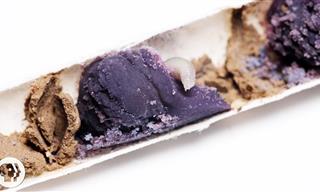 5:02
5:02
Bee-autiful Builder: Watch a Bee Build Her Home!
Ever wondered how bees build their nests? Time to find out.

The Gentle Giants of Nature - 20 Unusually Large Animals
In this article, we'll get to know the gentle giants of our world, be it an unusually muscular pony, a hilarious chubby seal, or an extra big and cuddly Main Coon

Entirely Unrelated Animals that Are Like Two Peas in a Pod
Convergent evolution is a natural process wherein unrelated species adopt many of the same characteristics, these animals display it best.

Up Close and Personal with Majestic Animals (16 Pics)
Finnish photographer Konsta Punkka captures stunning close-up portraits of wild animals.
 5:10
5:10
A Most Beautiful Exploration of the Ocean Floor
Dive far below the ocean, all the way to its bottom below the great frozen continent of Antarctica.
 11:02
11:02
Immortal Animals: The Creatures That Can Live Forever
Plenty of creatures on planet Earth can live almost forever. Let's meet a few of them...

8 Exotic Plants You Won’t Believe Actually Exist
Here is a list of 8 very weird and exotic plant species that can do very surprising things to survive. You are sure to become a knowledgeable botanist after reading this article.
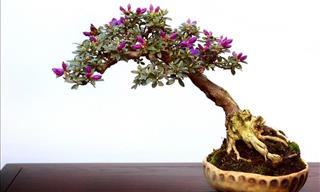
The Japanese Art of Bonsai Makes Miniature Gods of Us!
It has taken a lot of gardening patience for someone to grow these pot sized bonsai beauties, and - boy! - aren't they worth the wait!

Enjoy Gorgeous Flowers Accompanied By Inspiring Quotes
These flowers are truly stunning, and when they're juxtaposed with some amazing quotes, their beauty is even more apparent. Enjoy this beautiful post.
 5:22
5:22
The Beautiful Alps and Dolomites Took Our Breath Away
This stunning anti-stress HD video will show you the natural beauty of the Swiss Alps and Italian Dolomites

How We Domesticated Our Pets and Farm Animals
Have you ever wondered why it's impossible to breed a pet lion? Or how we managed to domesticate cats? Find all your answers in this series about domestication.

Into the Wild: 17 Pics of Elusive Insects in Indonesia
Photographer Mofeed Abu Shalwa has documented rare insects that few humans have ever laid eyes on.

21 Gorgeous Reasons Nature Needs No Photoshop
You'll be impressed by 21 nature pictures that prove the world is beautiful the way it is if you only know where to look.
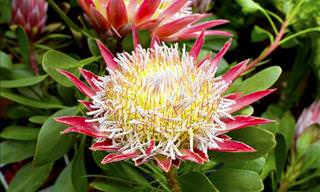
If These Stunning Flowers Don't Amaze You, Nothing Will!
The world is full of beautiful flowers and here, in our opinion, are 12 of the most stunning. We are sure that you'll agree with us!
 8:25
8:25
The Most Intense Moment in Natural History...
This struggle between different groups of animals shows the harsh reality of living in the wild.

Some Animals Are the Unsung Heroes of Our World...
The heroism of animals often goes unsung, so that's why we created a little tribute to some of the most heroic animals ever to live. Here they are!
 11:54:56
11:54:56
This Incredible Documentary is Nature You Can Leave On
This 11-hour-long documentary is beautiful throughout its length, and can be a wonderful "background video" to put while you do other things and want to enjoy some beauty and the sounds of nature.

In Photos: 15 Ways Crows are Smarter Than You Might Think
Crows may be much smarter than we ever realized.

Nature is Amazing in So Many Ways – 20 Beautiful Pics
The wonders of nature never cease to amaze us. Check out some glorious nature pics here.

Australia Is Home to Some of the World’s Cutest Animals
Australia is home to most living marsupials, a family of mammals unlike any other on earth.
 19:10
19:10
These Animal Partnerships Are Nature’s Unique Phenomena
Find out why some animals in the wild go out of their way to form a beneficial partnership with others animals.

Hilarious! Nobody Tells Mother Nature What to Do!
Here are 18 ironic photos that prove that nature doesn't care about what people want!
 3:30
3:30
How Deep Does the Ocean Go? This Animation Reveals All!
Just how deep is the ocean? This interesting animation by Tech Insider reveals all.
 3:08
3:08
Crows - The Geniuses of the Bird World!
Watch this next video to see how smart a crow can really be, and we still have more to learn about how these amazing birds think.

The Beauty of Wild Cats in 14 Mesmerizing Photos
Enjoy these incredible images of wild cats thriving in the wild.

If You Love Pandas, You'll Love These 30 Fun Facts!
Who doesn't love pandas? Here are 30 fun facts and some photographs of one of the most beloved animals to walk this earth.
 7:58
7:58
Beautiful Nature Moment: Puffin Goes Hunting For His Chick
Watch how one puffin flies 50km (30 miles) out to sea to find fish for his chick. On the way, he must evade other birds that could rob him...

18 Gorgeous Fish You've Got to See!
The oceans hold countless amazing creatures, such as these 30 fish considered the most beautiful in the world...
To enable your Ad-Free Subscription, please fill the fields below
Your subscription was successful, now you can enjoy an ad-free experience!! Note: To make sure you get no ads, please make sure to log in to your account. If you are logged in already, then refresh the page. The subscription can be cancelled at any time.




